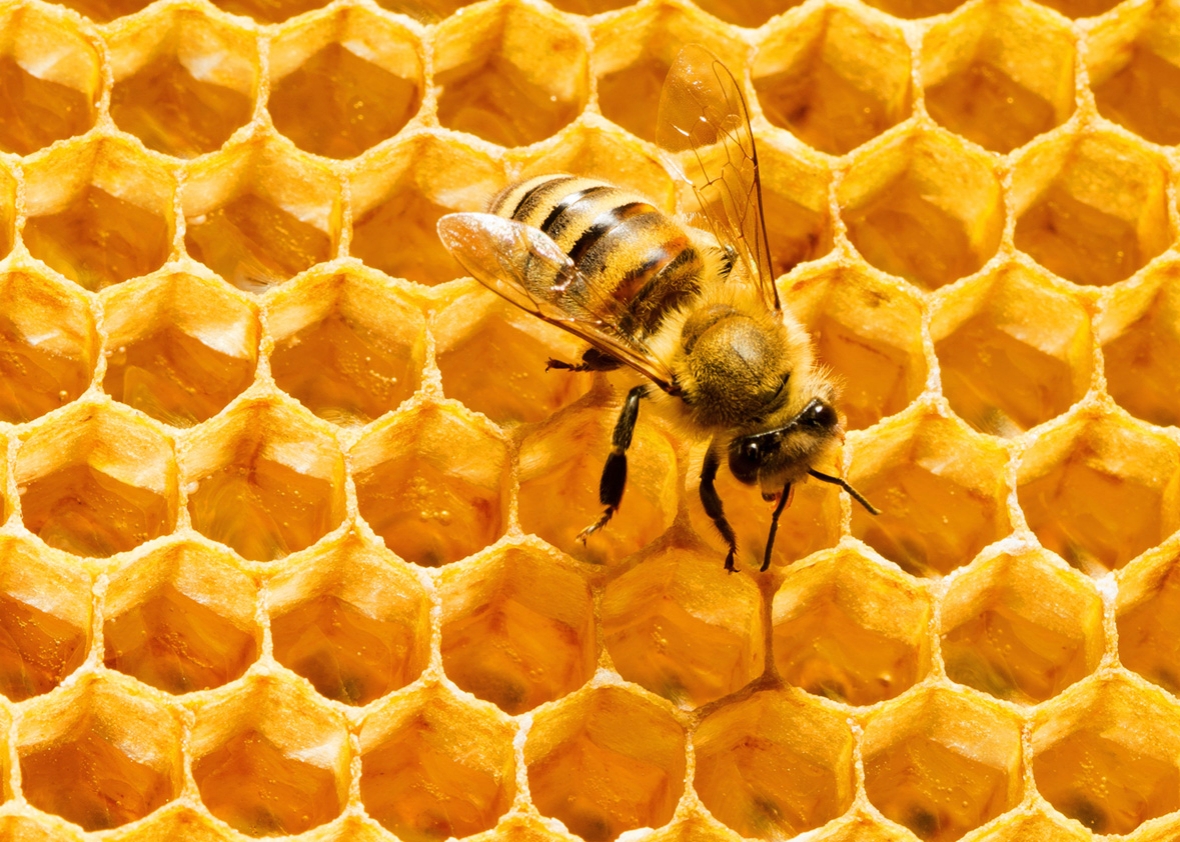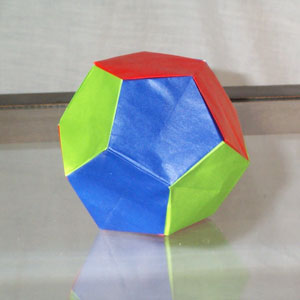Back when I was in sixth grade, I noticed the similarities in a model of the solar system and an atom. The sun being the nucleus and the planets corresponding to electrons.
Nature has a way of repeating itself.
I just read this article and there has never been a greater temptation to simply cut and paste it here. The people who wrote the piece, Sagar Parikah and Fredrico Cruz, did a pretty good job and if you're reading this, go ahead and check it out.
Humans seek patterns for everything we see and experience. Nature it seems likes to smile back and say, 'that's cute'.
Despite what my low grades in high school seemed to indicate, I've always been fascinated with math and science and how they interact with real life.
Fibonacci sequences and fractals explained as stand alone concepts bore most people to sleep. I know that's what happened to me my senior year. But introduce some real world application?
Streams and brooks combine to become creeks, which in turn grow into rivers, eventually merging into oceans.
Lightning follows the same bifurcating pattern as the tree limbs they strike.
Makes you wonder doesn't it?
Three shapes are inherently the most stable: Triangles, squares and hexagons. If you were to stack a bunch of dice together, they could be arranged in such a way as to leave no space between them. Makes sense, right?
Sir Walter Raleigh posed a question to his assistant, Thomas Harriot. 'How many cannonballs would fit in a given area and what was the best way to stack them?'.
Nature has a way of repeating itself.
I just read this article and there has never been a greater temptation to simply cut and paste it here. The people who wrote the piece, Sagar Parikah and Fredrico Cruz, did a pretty good job and if you're reading this, go ahead and check it out.
Humans seek patterns for everything we see and experience. Nature it seems likes to smile back and say, 'that's cute'.
Despite what my low grades in high school seemed to indicate, I've always been fascinated with math and science and how they interact with real life.
Fibonacci sequences and fractals explained as stand alone concepts bore most people to sleep. I know that's what happened to me my senior year. But introduce some real world application?
Streams and brooks combine to become creeks, which in turn grow into rivers, eventually merging into oceans.
Lightning follows the same bifurcating pattern as the tree limbs they strike.
Makes you wonder doesn't it?
Three shapes are inherently the most stable: Triangles, squares and hexagons. If you were to stack a bunch of dice together, they could be arranged in such a way as to leave no space between them. Makes sense, right?
 |
| Think about that for a second |
 |
| Take all the time you need |
Makes you wonder how they'd stack if cannonballs were shaped like dodecahedrons.
 |
| That would solve a few problems |

No comments:
Post a Comment